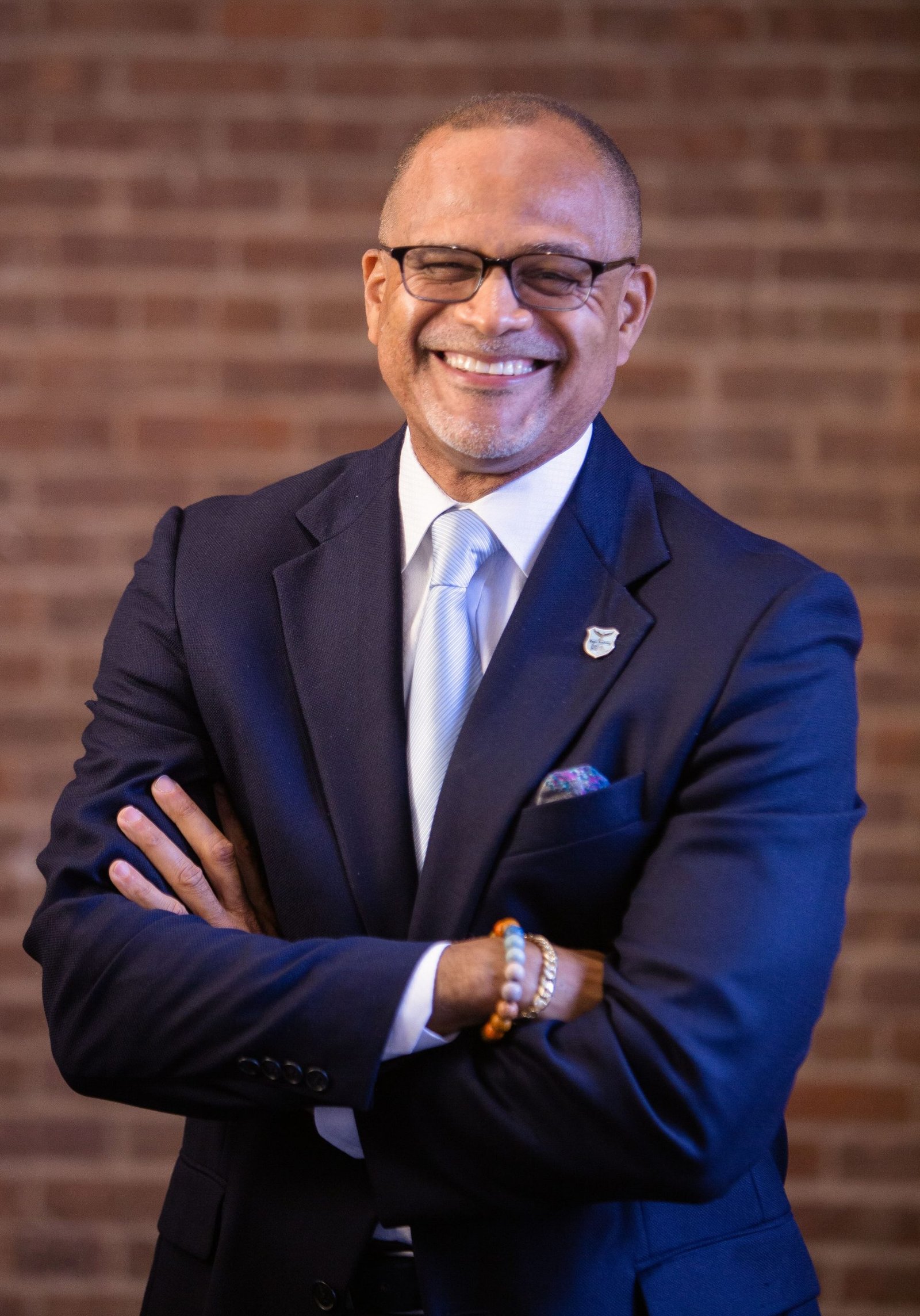High schoolers interview DOE Chancellor about issues students face, plans to lead NYC schools, others

Some high schoolers recently interviewed the new Chancellor of the New York City Department of Education about the issues students face at school. Schools Chancellor Banks established his positions on budget cuts, school safety, the gifted and talented program, students’ mental health, and preparing young people to succeed after graduation.
Tina Zeng, Millennium Brooklyn High School asked, “Based on New York Appleseed’s 2020 briefing, school funding disparities persist even after the implementation of Fair Student Funding (FSF) in 2007. What plans do you have to make school funding more equitable?”
Chancellor Banks responded with, “We just got 100% fair student funding this year for all schools, and I think it will go a long way to resolve this issue. But you’re right, there are still some fundamental flaws in the funding formula that still allow for a level of inequity. I do not have an answer just yet. It is a complex formula that drives school funding but I would tell you to stay tuned.”
When Zeng also asked how Chancellor Banks would maximize the improvements to the school system, Banks affirmed that Zeng has got some really tough questions.
“We are at the beginning of the budget process right now. The Mayor, in an attempt to be fiscally prudent, offered up a 3% cut across every mayoral agency to eliminate the gap. We have not gotten to the final cuts yet. If people argue vigorously enough about certain programs that should not be cut, we have a chance to get those things off the cutting table. Part of the challenge is that the dollars coming into the New York City public school system will be reduced. Over the last five years, 120,000 students have left New York City public schools. Every time those students and their parents leave, a lot of funding goes with them—we get funded based on the amount of students we have. So I’ve got to build a system that parents want to come back to, and I’ve got to regain a level of trust.”
Seohee Jung, Francis Lewis High School asked: “What specific mental health resources could you provide students? I’ve thought of one idea: a ‘mental health day’ for students, which would count as an excused absence. You could limit this to, say, three times a year, so students would not abuse this privilege. Do you have any other solutions?”
Banks said, “One of the things we’ve been encouraging schools to do is teach students the practice of mindful meditation. We’ve also given every school more funding to hire social workers and counselors. Many of the schools have connections with mental health organizations in the neighborhood that can help students and their families.”
“But sometimes, you can build your own muscles or strengths. Even if schools do not have official mental health days, per se, if you or another student feel like you’re having a really tough time, take the day. Take the time you need to heal yourself.”
“I’m a transfer student from Florida, where once, a student came to school with a gun. In my New York City high school, there was a stabbing. What do you think are the best disciplinary practices to prevent incidents like this? What are the steps that you will take to ensure student safety?” asked Mikeal Tutson from Brooklyn Democracy Academy.
“There are no easy answers to this question. Although I’m grateful that there has not been a school shooting here, we still have too many instances of kids bringing weapons to school,” said Banks.
“First, we’re getting ready to graduate another group of school safety agents. We’ll be able to deploy them to different schools that have real needs. I was a school safety officer in Clara Barton High School in Brooklyn, where I wore the uniform and broke up fights in the cafeteria. I know what it means to be in that role. The school safety officer is an important part of the school community.
“But safety, at the end of the day, is not just the purview of school safety officers. We have safety in schools where we have good school culture, with students who are looking out for each other. For example, a student had a gun in school today in the Bronx, but nobody got hurt. Another student who saw the gun went and quietly told an adult in the school. That is a form of school safety. We want to make sure no one gets hurt, and I’m working at that every single day.”







